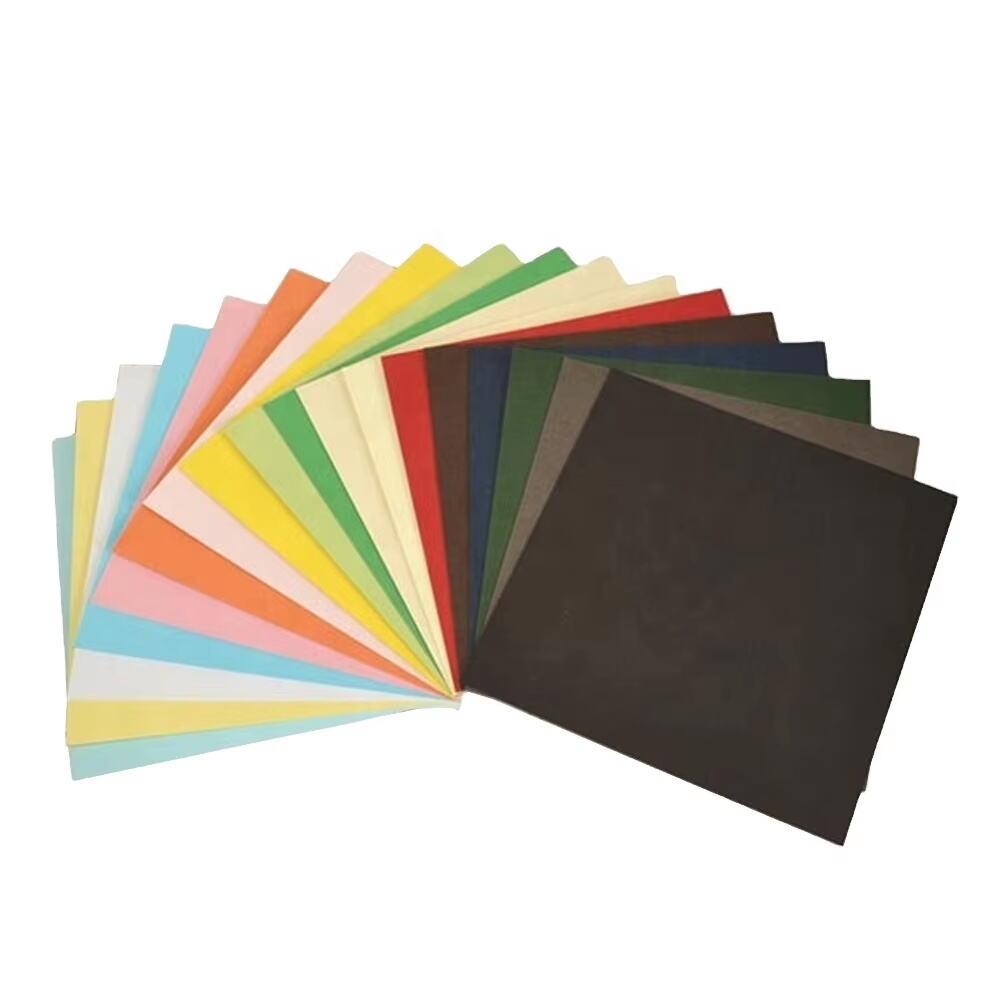Introduction
Mounting boards serve a really important function when it comes to protecting and showing off artwork. They give artists and framers something solid to work with, which helps keep fragile pieces safe from things like humidity changes, light exposure, and accidental bumps. Choosing good quality mounting material matters a lot because cheap stuff can actually ruin artwork over time - think about how paper yellows or starts falling apart after years in bad conditions. The right kind of board makes artwork look better too, without compromising on protection. When done properly, mounting keeps everything looking fresh for longer periods while presenting the piece in the best possible way. Most experienced framers will tell anyone that getting this step right is half the battle in creating a professional finished product.
Types of Art Mounting Boards
Selecting the right type of art mounting board is crucial for both presentation and preservation. Let's explore the different types available and their specific uses in art framing.
Foam Board
Foam board has become really popular because it's light and doesn't cost much money. People often see it in classrooms during those big science fairs or at local art shows where artists need something quick to mount their work on. The material itself consists of either polystyrene or polyurethane core with paper covering both sides. For things that won't last forever, like pop-up displays at trade shows or student presentations, foam board works great since it cuts easily and handles well without breaking. But here's the catch worth mentioning even though it's cheap, foam board isn't going to protect expensive artworks over time. Museums and galleries would never consider using it for anything they want to preserve for decades.
Gatorboard
Gatorboard stands up much better than regular foam board, which is why many artists and exhibitors choose it for their displays whether they're indoors or out in the elements. The board has this really dense core inside that just doesn't absorb water or bend easily when exposed to different conditions. That's actually one of the main reasons galleries and museums prefer Gatorboard for showcasing artwork at conventions and trade shows, since these events can sometimes throw unexpected weather changes or handling issues. Artworks mounted on Gatorboard tend to stay flat and secure even after being transported multiple times between locations.
MDF (Medium Density Fiberboard)
Medium Density Fiberboard, commonly called MDF, stands out because it's pretty sturdy yet has this smooth surface that artists love working with. Many sculptors and installation artists turn to MDF when they need something solid enough to hold detailed work without cracking under pressure. Galleries and museums often stock up on MDF boards since they last so long in display cases and exhibition spaces. What really sets MDF apart though is how it doesn't warp or bend over time, which matters a lot when creating those large scale permanent installations that have to stay looking good for years after being put up.
Sintra Board
Made primarily from PVC, Sintra board stands out because it can handle pretty much any weather thrown at it and still look good. Artists love that it comes in so many different colors too, which opens up all sorts of possibilities when creating displays or installations. Most people see Sintra boards everywhere these days since they're often used for outdoor signs. But what makes them really special is their ability to withstand harsh conditions whether hanging outside under sun and rain or displayed inside galleries where humidity might be an issue. For those working on public art projects, this means less worry about materials deteriorating over time and more focus on making impactful visual statements without constant maintenance headaches.
Mat Board
Mat boards serve as those important borders we put around artwork when framing. They do two main things actually helping make the piece look better visually and keeping the actual artwork away from touching the glass directly. These boards come in all sorts of different textures and colors too, so framers have plenty of options to really boost how attractive the finished product looks. When choosing materials though, going for acid free versions matters quite a bit for long term preservation. Regular mats might slowly release acids that damage paper based artworks over years, which nobody wants happening to their precious creations.
Backer Board
Backer boards are basically thick panels that keep artwork from bending or warping over time, especially when paired with mats. These boards act as solid foundations behind paintings and photos, which helps protect them from damage no matter what kind of frame gets put around them later on. Artwork stays flatter for longer periods because of these supports, so collectors don't have to worry about their valuable pieces getting distorted. Most framers would tell anyone serious about preserving art that skipping this step just isn't worth the risk down the road.
Best Applications for Each Type of Mounting Board
Choosing the right mounting board matters a lot when it comes to keeping artwork safe and looking good over time. What works best depends on several things including what kind of art we're talking about, how fragile it is, and where people plan to hang or display it. Take pieces that need extra protection for example. These often do well with something sturdier behind them like Gatorboard which stands up pretty well against wear and tear plus keeps moisture at bay. Museum quality stuff? That's another story altogether. Following proper conservation guidelines makes all the difference here, particularly for works containing sensitive materials like old paper or combinations of different media elements that tend to react badly to changes in temperature or humidity levels around them.
Selecting the right mounting board depends largely on two main things: how heavy the artwork is and how long it needs to stay up. Big heavy paintings often need something solid behind them, maybe MDF boards since they don't bend or warp easily over months or years. Environmental factors matter too. If the piece goes outside or somewhere with changing weather, Sintra board works well because it stands up to moisture and sun damage without breaking down. Money matters count for something as well. Foam board is cheap and fine for short term shows at galleries or pop-up events, but serious collectors usually go for archival quality mats when protecting valuable works. Getting this stuff right makes all the difference between a display that looks good now and one that keeps looking great for decades.
Overall, understanding the specific needs of each artwork can lead to better conservation and display outcomes, allowing the piece to be enjoyed for many years.
Conclusion
In summary, understanding the various types of art mounting boards and their specific applications can significantly enhance the presentation and ongoing preservation of artwork. Whether choosing a mounting board for artwork or a pre-cut mat board for framing, each type serves a distinct purpose and application.
Ensuring that you make an informed choice of mounting materials guarantees not only the longevity and protection of your artwork but also enhances its visibility and aesthetic appeal. This informed decision-making process is essential, as it ultimately contributes to the lasting impact of art displays.
FAQ
What is the main role of an art mounting board?
An art mounting board provides a stable foundation for artwork, safeguarding it against environmental factors and potential damage, while also enhancing its aesthetic appeal.
Why is foam board not ideal for long-term art preservation?
Foam board is lightweight and economical, but it may not provide the long-term stability required for valuable artwork preservation.
What are the advantages of using Gatorboard?
Gatorboard offers superior durability and is resistant to moisture and deformation, making it ideal for both indoor and outdoor displays.
How does Sintra Board benefit art displays?
Sintra board is valued for its weather resistance, making it suitable for both external and internal exhibitions.
What is the importance of choosing an acid-free mat board?
Acid-free mat boards prevent acid migration that can harm the artwork over time, ensuring its longevity.

